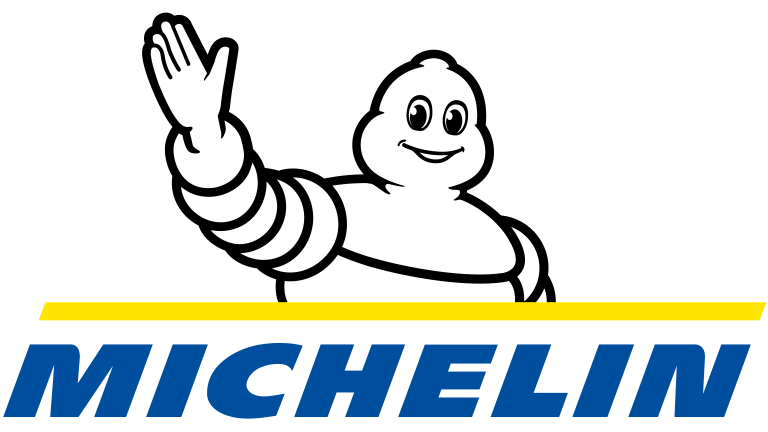
Overview
The “AI ML with Python and Deep Learning” course provides a comprehensive introduction to Artificial Intelligence, Machine Learning, and Deep Learning concepts, with a focus on practical implementation using Python. Participants will gain hands-on experience in Python programming, data handling, basic statistics, machine learning tools and techniques, and building and validating models. The course also covers advanced topics such as neural networks and deep learning using TensorFlow. Through problem-solving and case studies, participants will develop the skills required to apply AI and ML techniques to real-world scenarios.

Objectives
At the end of AI ML with Python and Deep Learning training course, participants will

Prerequisites
- Elementary programming knowledge
- Familiarity with statistics

Course Outline
- Introduction to Artificial Intelligence & Machine Learning
- Introduction to Machine Learning tools and techniques
- Introduction to Statistics: Data Distributions, Mean, Variance, Standard Deviation, Probability
- Data Visualization & Graphs: Types of Charts, Factors Influencing Chart Selection, Scatter Plot, Mekko, Heat Map, Bubble Chart
- Introduction to Python: Software Setup, Data Types, Strings, Variables, Loops, Decision Making
- Sequences and File Operations: Python I/O Functions, Lists, Tuples, Functions, OOPs
- Working with Modules and Handling Exceptions: Standard Libraries, Modules in Python (OS, Sys, Date and Time, etc.), Errors and Exception Handling
- Introduction to NumPy & Pandas: Creating Arrays, Mathematical Operations, Reading/Writing Data, Data Manipulation
- Data Visualization using Python modules: Matplotlib Library, Grids, Axes, Plots, Markers, Colors, Fonts, Bar Graphs, Pie Charts, Histograms
- Web Scraping using Python Libraries: Beautiful Soup, Scrapy, Hands-on Web Scraping
- Data Handling, Data Validation, and Graphs: Packages used in Machine Learning, Data Importing, Working with Datasets, Descriptive Statistics, Central Tendency, Variance, Percentiles, Outlier Detection, Variable Distribution Charts
- Introduction to Machine Learning: Supervised Learning, Unsupervised Learning, Reinforcement Learning
- Regression Analysis: Correlation, Simple Regression Models, R-Square, Multiple Regression, Multicollinearity, Individual Variable Impact
- Logistic Regression: Need for Logistic Regression, Logistic Regression Models, Model Validation, Multicollinearity, Confusion Matrix
- Decision Trees: Segmentation, Entropy, Information Gain, Building and Validating Decision Trees, Pruning, Fine-tuning, Prediction
- Sentiment Analysis: Understanding Sentiment Analysis, Hands-on Sentiment Analysis using Twitter Data
- Supervised Learning: Naïve Bayes Classifier, Support Vector Machine
- Unsupervised Learning & Cluster Analysis: Supervised vs. Unsupervised Learning, Cluster Analysis, K-Means Clustering Algorithm, Building and Interpreting Clusters
- Chatbots: Understanding Chatbots, Hands-on Chatbot Session


 Projects
Projects Assignments
Assignments









